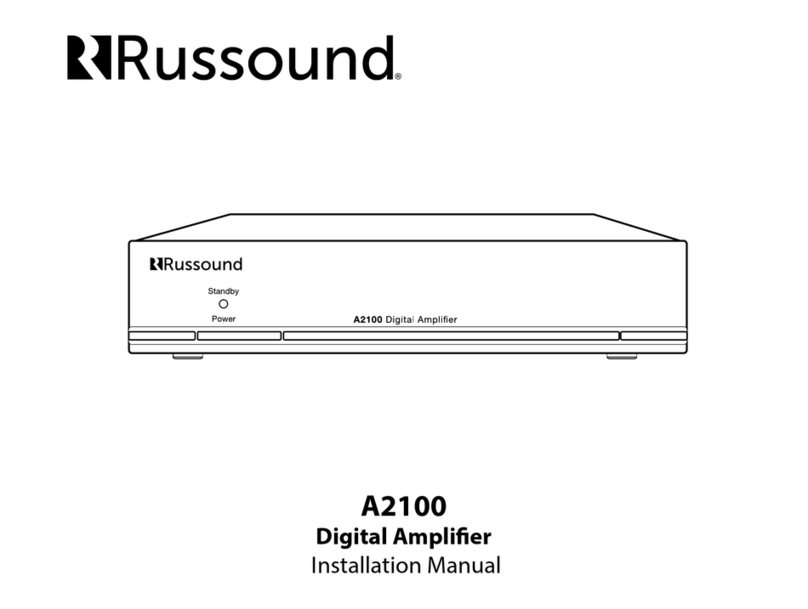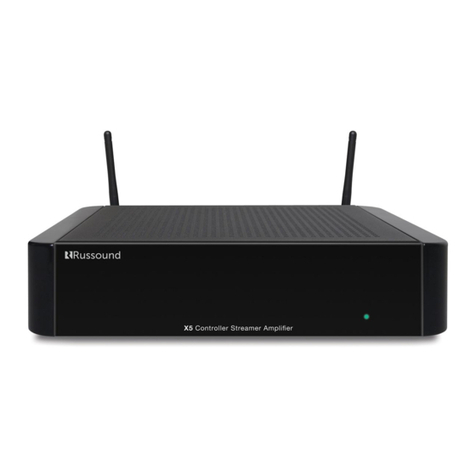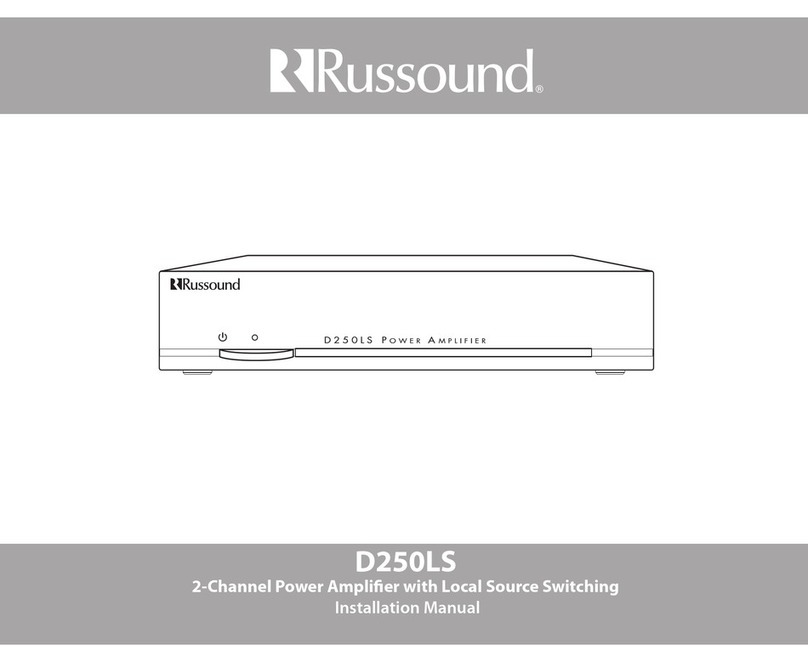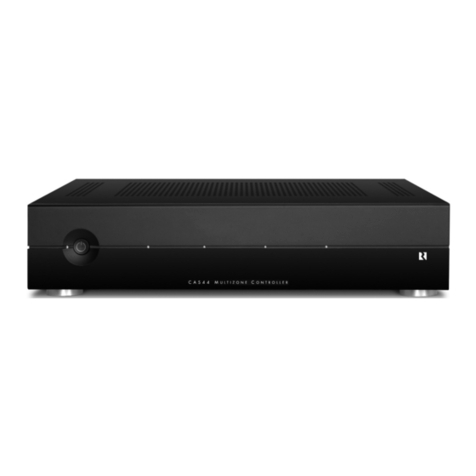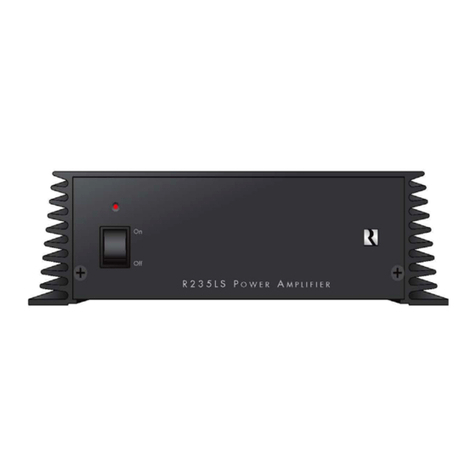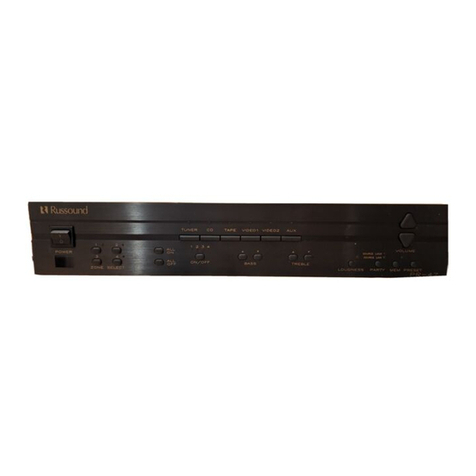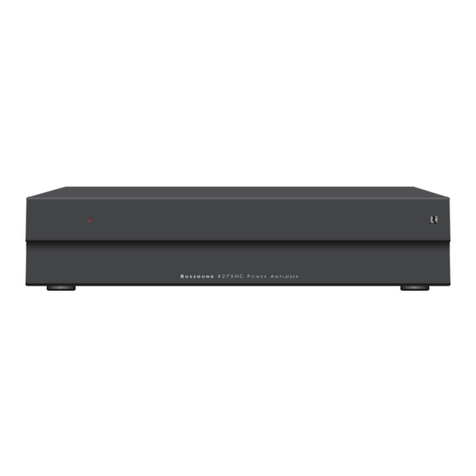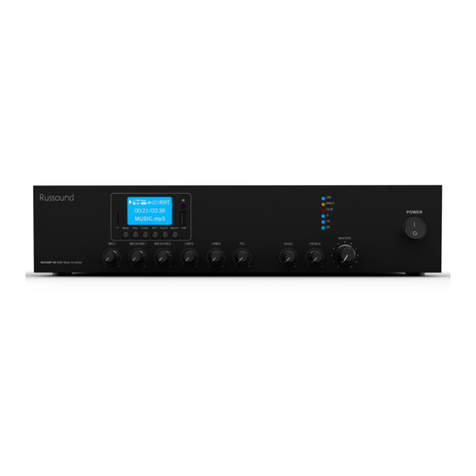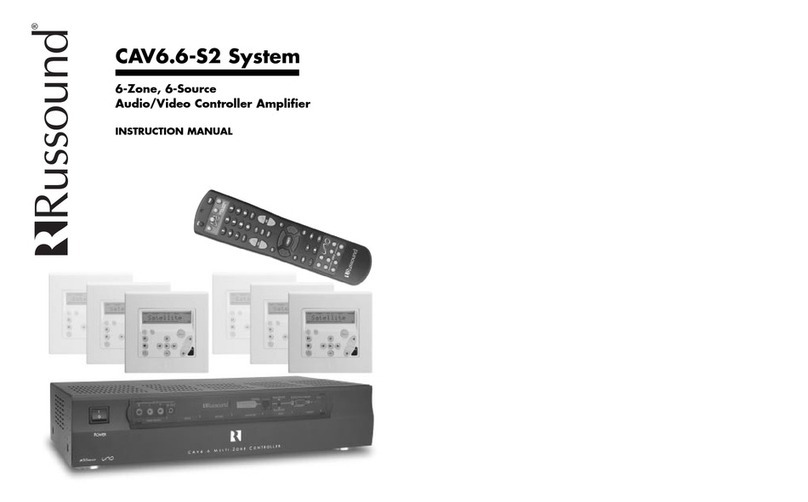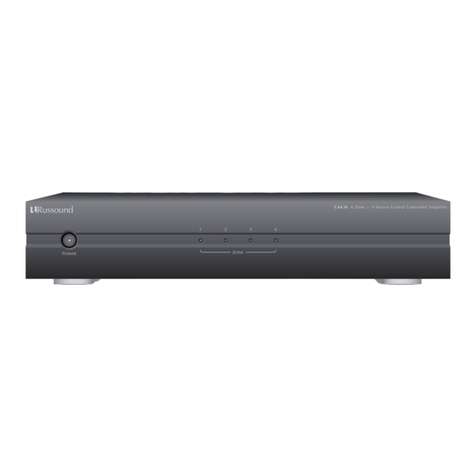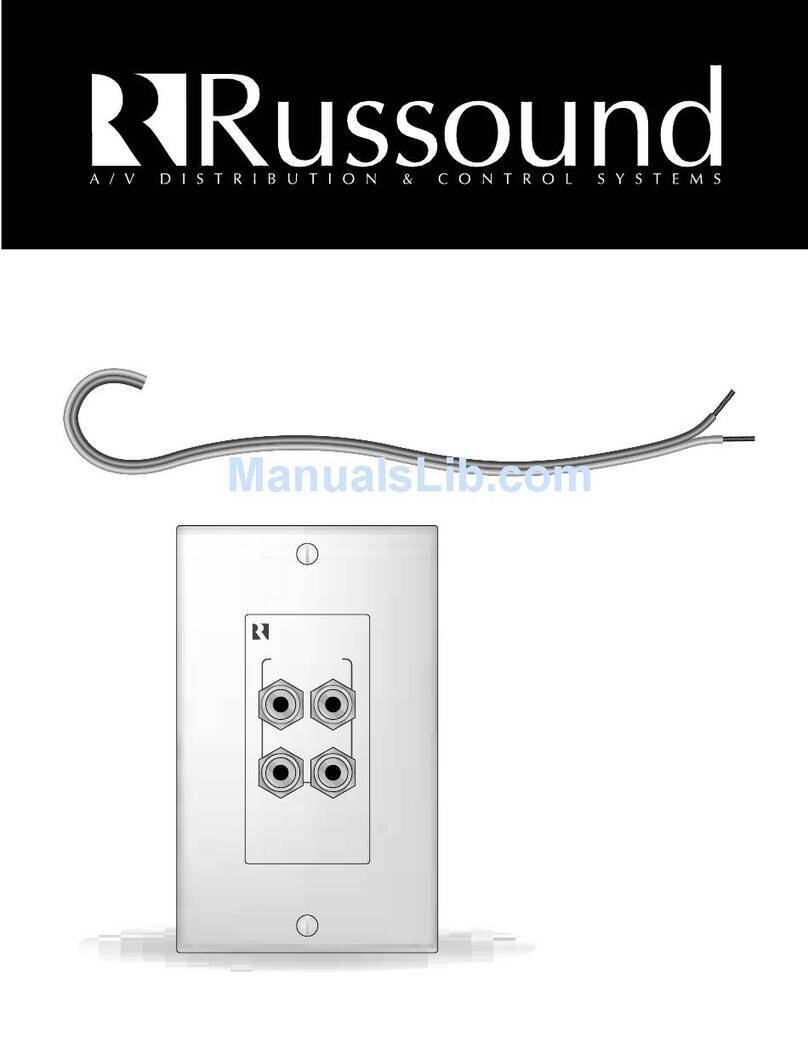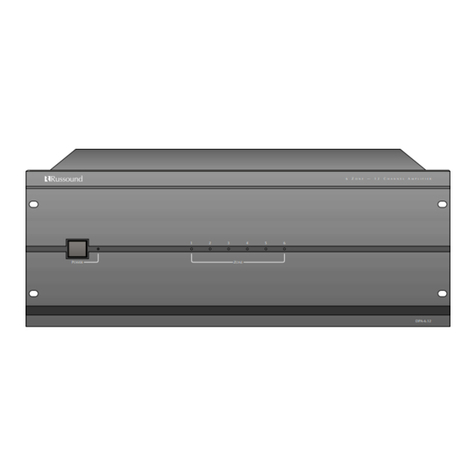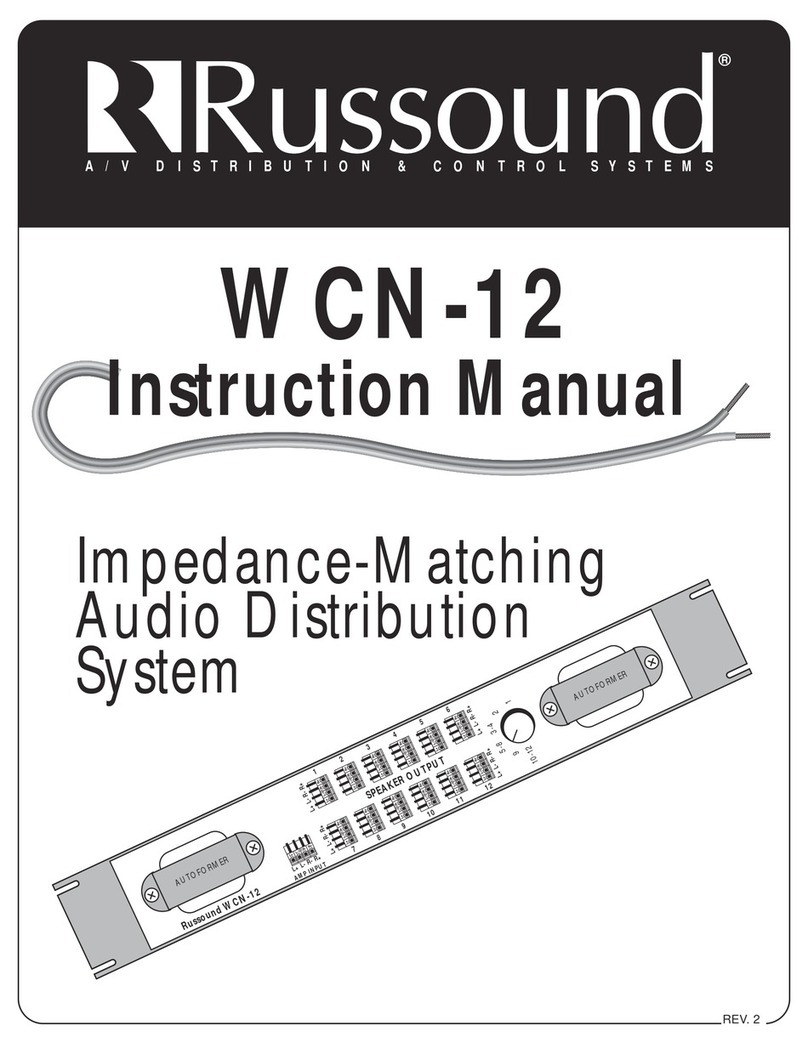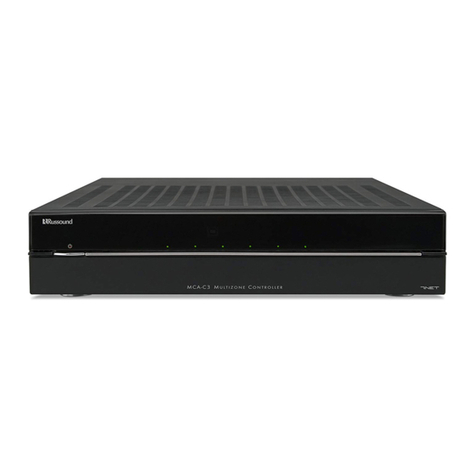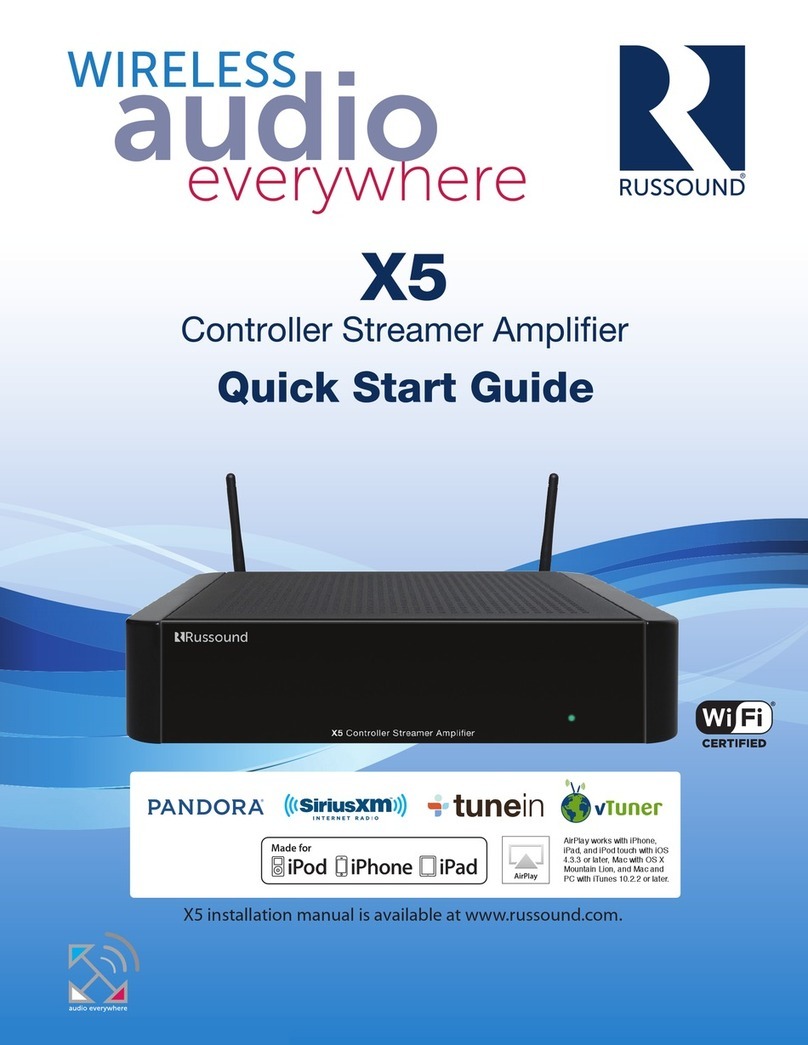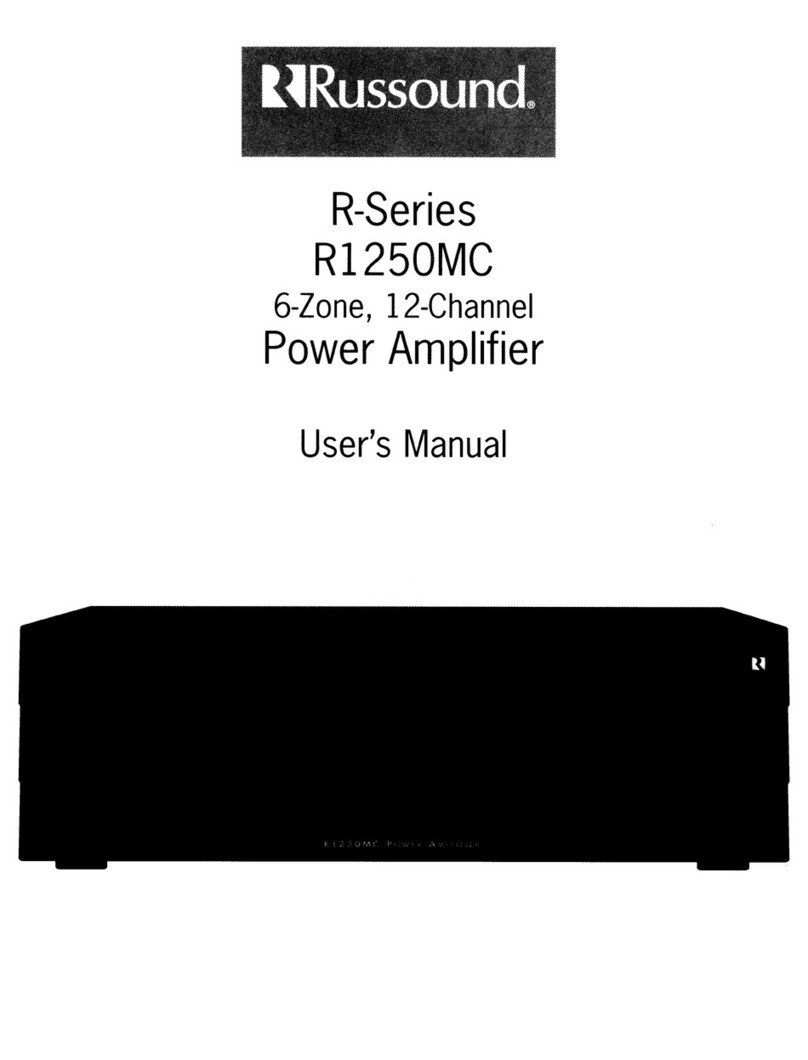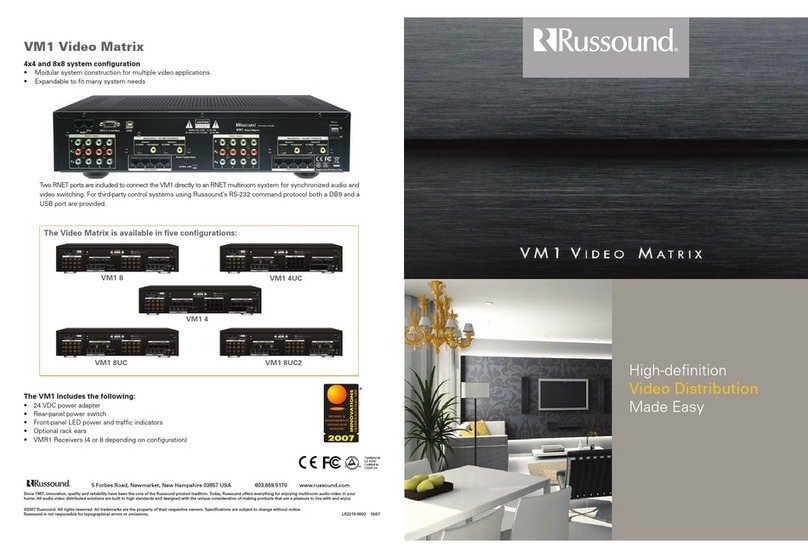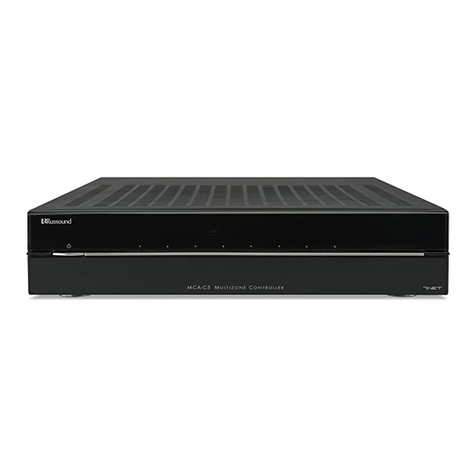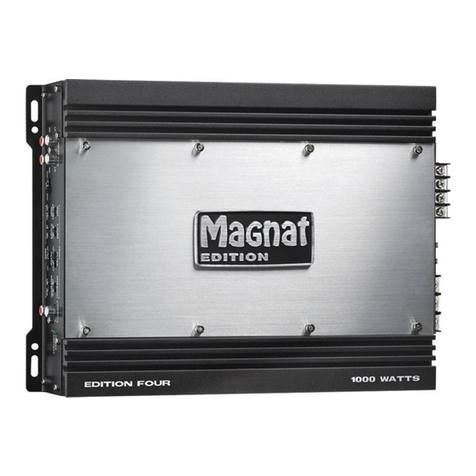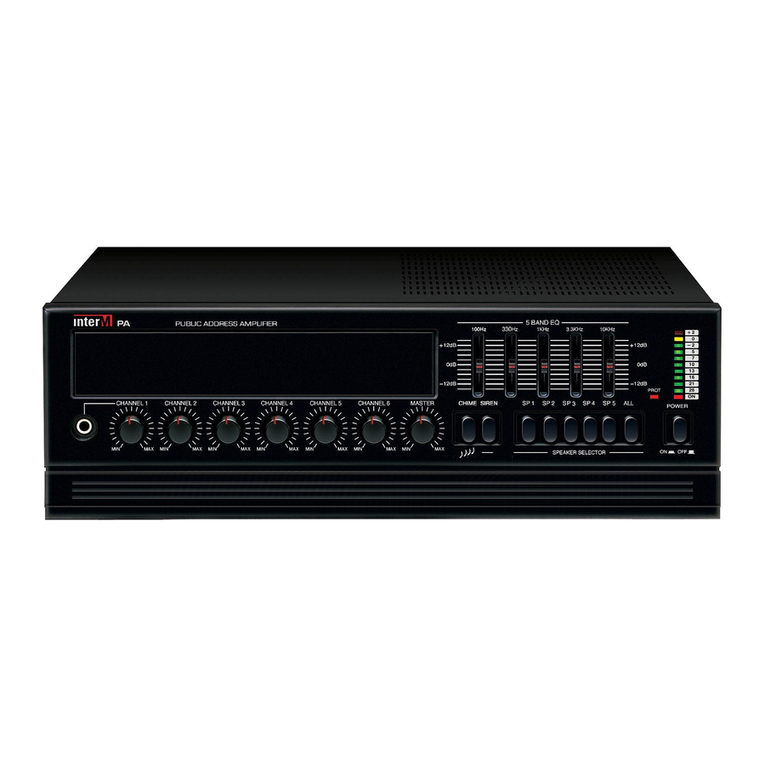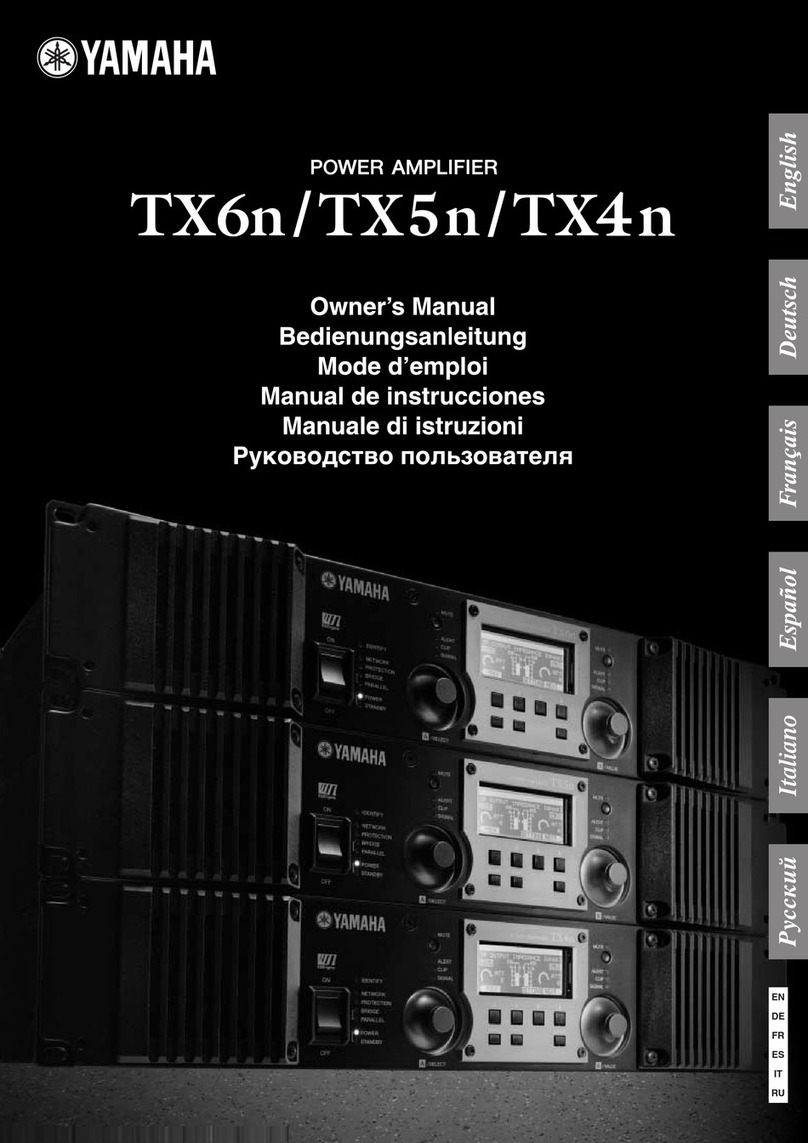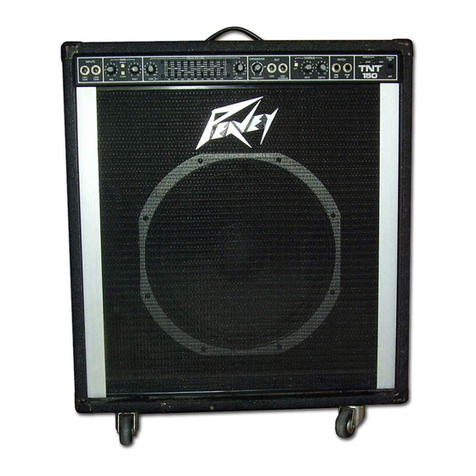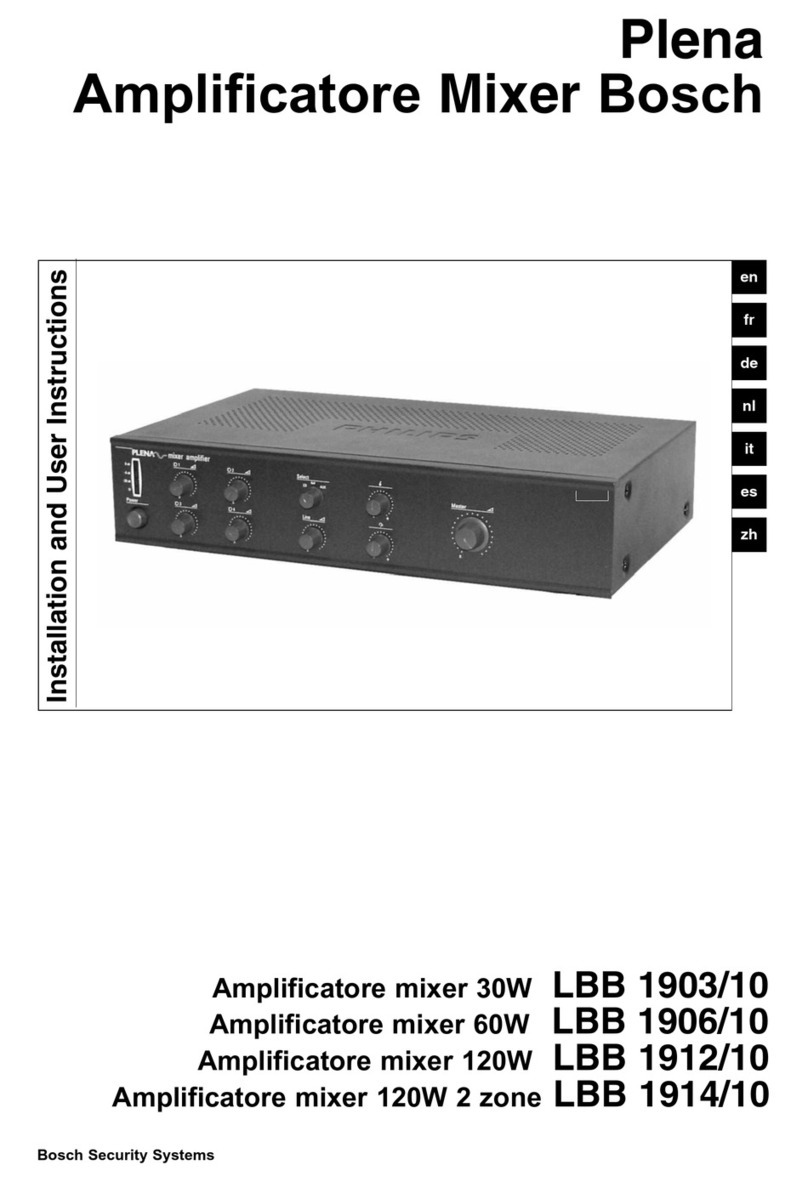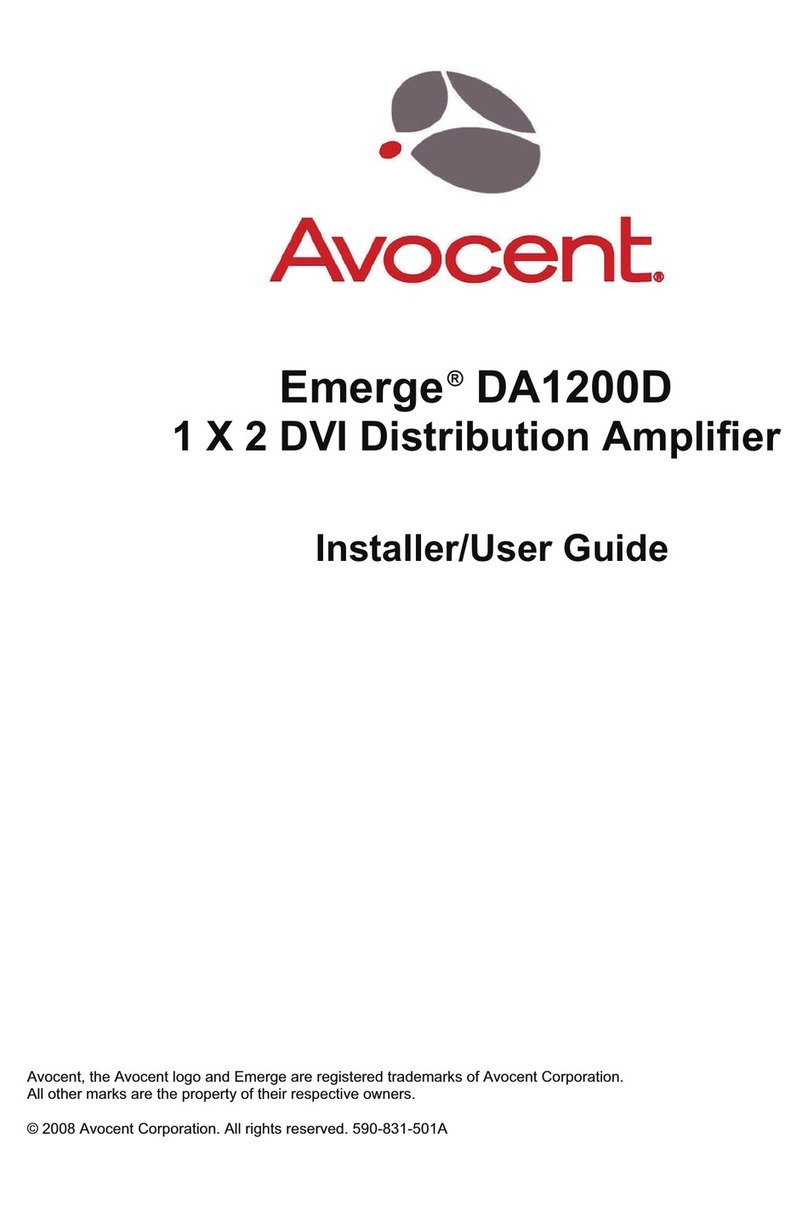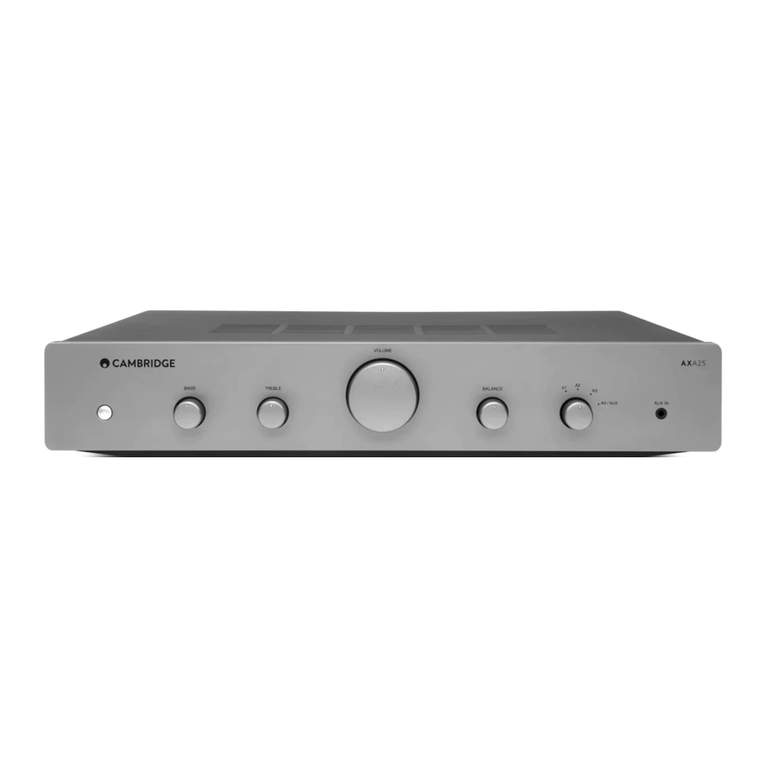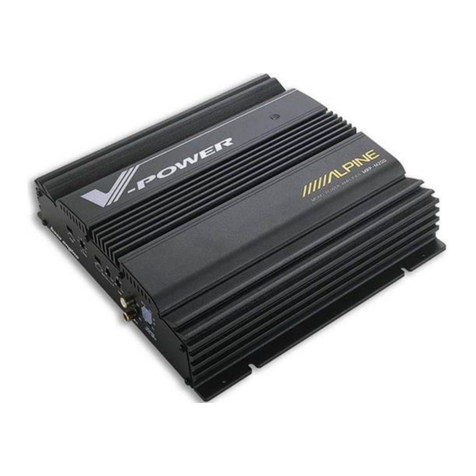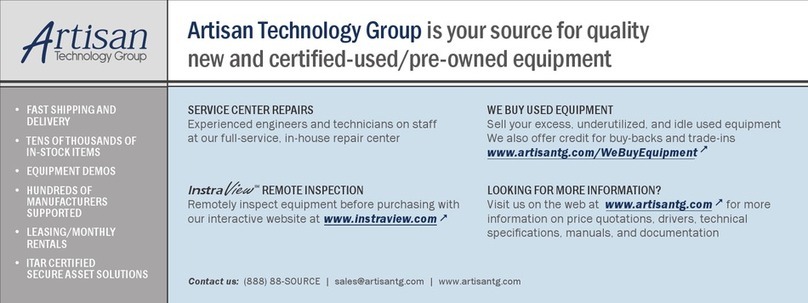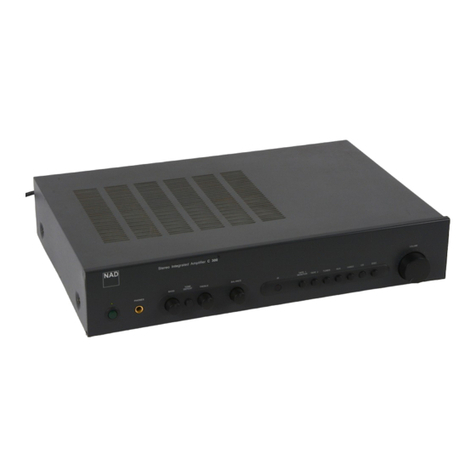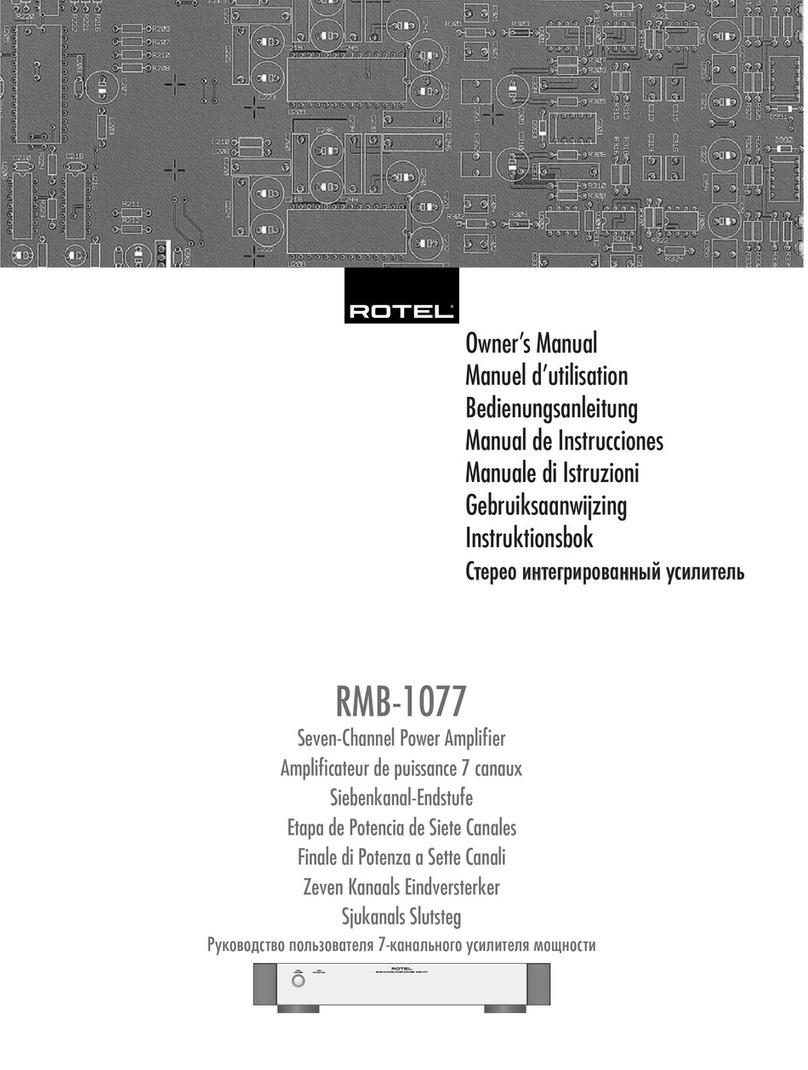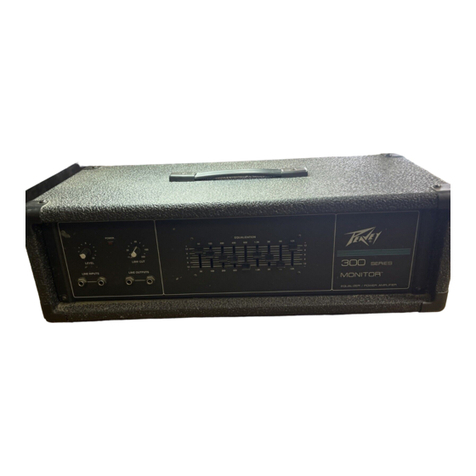SAFETY INSTRUCTIONS
WARNING:
TO
REDUCE
THE
RISK
OF
FIRE
OR
ELECTRIC
SHOCK,
DO
NOT
EXPOSE
THIS
APPLIANCE
TO
RAIN
OR
MOISTURE.
CAUTION:
TO
REDUCE
THE
RISK
OF
ELECTRIC
SHOCK,
DO
NOT
REMOVE
THE
COVER.
NO
USER-
SERVICEABLE
PARTS
INSIDE.
REFER
SERVICING
TO
QUALIFIED
SERVICE
PERSONNEL.
A
The
lightning flash with arrowhead symbol,
within
an
equilateral triangle,
is
intended to alert
the user
to
the presence
of
uninsulated dangerous
voltage within the product's enclosure that may
be.
of
sufficient magnitude
to
constitute a risk
of
electric
shock
to
persons.
A
The
exclamation point within
an
equilateral
triangle
is
intended
to
alert the user
to
the
presence
of
importantoperating and maintenance
(servicing) instructions in the literature
accqmpanying the appliance.
Safety Instructions
1.
Read
Instructions- All the safety and operating instructions
should be
read
before the appliance
is
operated.
2.
Retain Instructions
-The
safety and operating instructions
should
be
retained for future reference.
3.
Heed
Warnings -All warnings on the appliance in the
operating instructions should be adhered to.
4. Follow Instructions -All operating and user instructions
should
be
followed.
5.
Water and Moisture -The appliance should not be used near
water; for example, near a bathtub, washbowl, kitchen sink,
laundry tub, in a wet basement, or near a swimming pool.
The
apparatus shall not be exposed
to
dripping or splashing
liquids and no objects filled with liquids, such
as
vases,
shall
be
placed on the apparatus. Do
not
touch the appliance
with
wet
hands. Do
not
handle the appliance or powercord
with
wet
or
damp hands.
If
water
or
any other liquid enters
the appliance cabinet, take
it
to
qualified service personnel
for inspection.
2
6. Cleaning -
The
appliance should be cleaned only
as
recommended by the manufacturer.
From
time
to
time you
should wipe
off
the front and side panels and the cabinet
with asoft cloth.
Do
not
use
rough material, thinners, alcohol
or other chemical solvents or cloths since this may damage
the finish or remove the panel lettering.
7. Ventilation -
The
appliance should be situated
so
that
its location or position does
not
interfere with its proper
ventilation.
For
example, the appliance should
not
be
situated on a bed,
sofa,
rug, or similar surface that may
block the ventilation openings, or placed in a built-in
installation,
such
as
a bookcase or cabinet that may impede
the flow
of
air through the ventilation openings.
Place
the
unit in a well-ventilated location, leaving at least 2 inches
(5
em)
of
clearance on all
sides,
top
and
rear
of
unit for air
flow.
If
ventilation
is
blocked, the unit may overheat and
malfunction.
8. Heat -
The
appliance should be situated away from heat
sources
such
as
radiators, heat registers, stoves, or other
appliances (including amplifiers) that produce heat.
9. Grounding or Polarization -Precaution should be taken
so
that the grounding or polarization means
of
an
appliance
is
notdefeated.
10. Power
Cord
Protection -Power supply cords should be
routed
so
that they
are
not
likely
to
be
walked on or pinched
by items placed upon or against them, paying particular
attention
to
cords at plugs, receptacles, and the point where
they exit from the appliance.
11. Power
Sources
-
The
appliance should be connected
to
a
power supply only
of
the type described in the operating
instructions or
as
marked on the appliance.
12.
Main Power Disconnect-
The
power switch
is
a single-pole
switch. When the switch
is
in the"Off"position, the appliance
is
not completely disconnected from the main power. The
main power plug
is
used
as
the disconnect device and shall
remain readily operable. When installing the product, ensure
that the plug
is
easily accessible.
13. Non-Use Periods
-The
power cord
of
the appliance should
be unplugged from the outlet when left unused for a long
period
of
time.
14. Attachments -Only
use
attachments/accessories specified
by the manufacturer.
15.
Carts
and Stands -
The
appliance should 8
be
used only with a cart or stand that
is
recommended by the manufacturer.
An
RussoundD250LSInstallation
Manual
appliance and cart combination should be moved with
care.
Quick stops, excessive force and uneven surfaces may cause
the appliance and cart combination
to
overturn.
16.
Wall
or Ceiling Mounting -
The
appliance should be
mounted
to
a wall or ceiling only
as
recommended by the
manufacturer.
17. Location
of
the Amplifier -
Do
not mount this unit under a
kitchen cabinet.
Do
not expose the amplifier
to
direct
sun
light or heating units
as
the amplifier internal components'
temperature may
rise
and shorten the life
of
thecomponents.
Avoid damp and dusty places.
18. Object and Liquid Entry -
Care
should be taken
so
that
objects do
not
fall and liquids
are
not spilled into the
enclosure through the openings.
19. Servicing -
The
user should
not
attempt
to
service the
appliance beyond that described in the operating
instructions. All other servicing should be referred
to
qualified service personnel.
20.
Damage Requiring Service -
The
appliance should be
serviced by qualified service personnel when:
A.
The
power
supply cord or the plug
has
been damaged;
B.
Objects have
fallen, liquid
has
been spilled into the appliance;
C.
The
appliance
has
been exposed
to
rain; or
D.
The appliance does
not
appear
to
operate normally; or
E.
The
appliance
has
been
dropped orthe enclosure
is
damaged.
CE
lntertek
Note: This equipment
has
been tested and found
to
comply with the limits
for a
Class
Bdigital device, pursuant
to
part
15
of
the
FCC
rules. These limits
are
designed
to
provide reasonable protection against harmful interference
in a residential installation. This equipment generates,
uses
and
can
radiate
radio frequency energy and,
if
not
installed and used in accordance with
the instructions, may
cause
harmful interference
to
radio communications.
However, there
is
no guarantee that interference will
not
occur in aparticular
installation.
If
this equipment does
cause
harmful interference
to
radio or
television reception, which
can
be determined by turning the equipment
off
and on, the user
is
encouraged
to
try
to
correct the interference by one
of
or
more
of
the following measures: reorient or relocate the receiving antenna;
increase the separation between the equipment and receiver; connect the
equipment into
an
outleton acircuit differentfrom that
to
which the receiver
is
connected, or consult the dealer or
an
experienced radio/TV technician for
help.
This
Class
Bdigital apparatus complies with Canadian
ICES-003.
Cet appareil numerique de
Ia
classe
B est conforme
a
Ia
norme NMB-003
du Canada.
Rev.2
